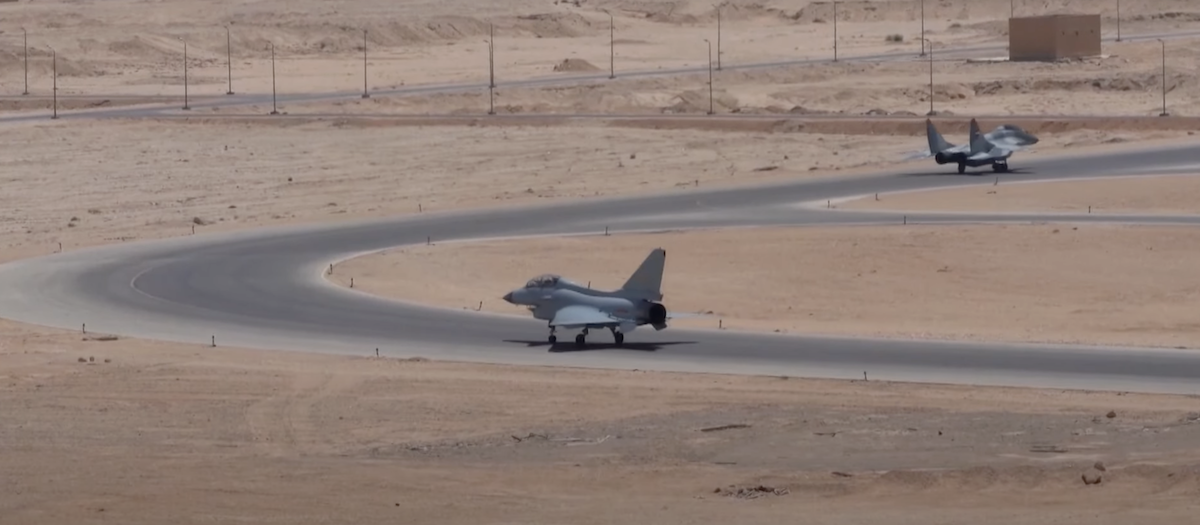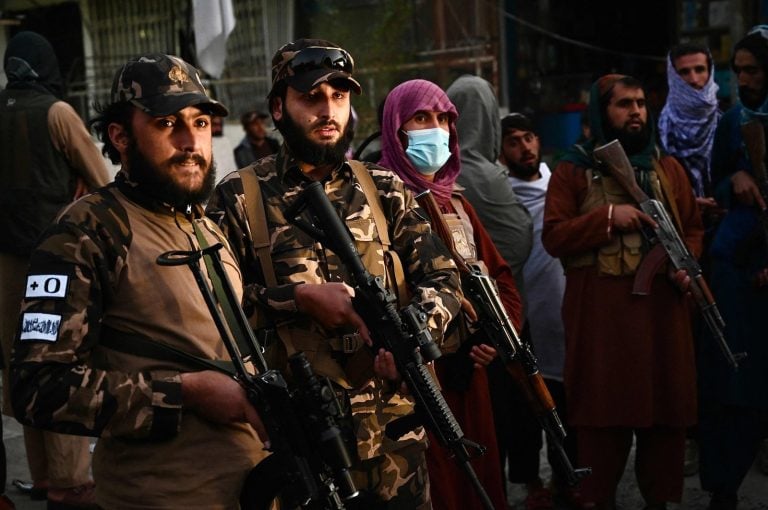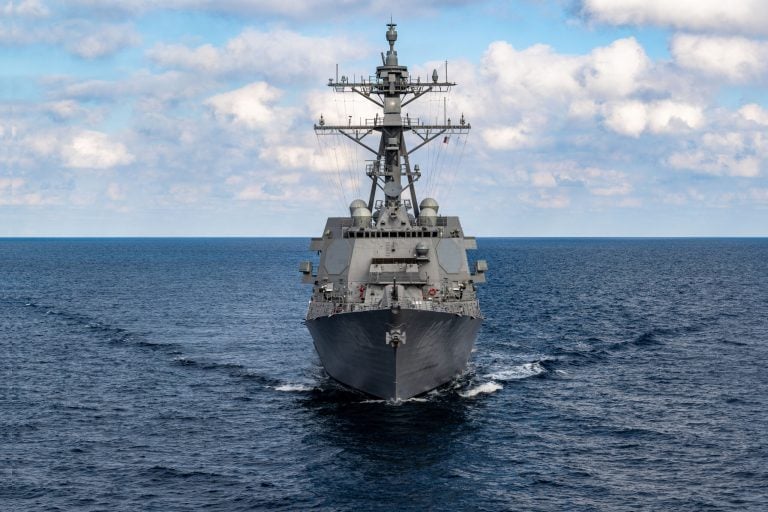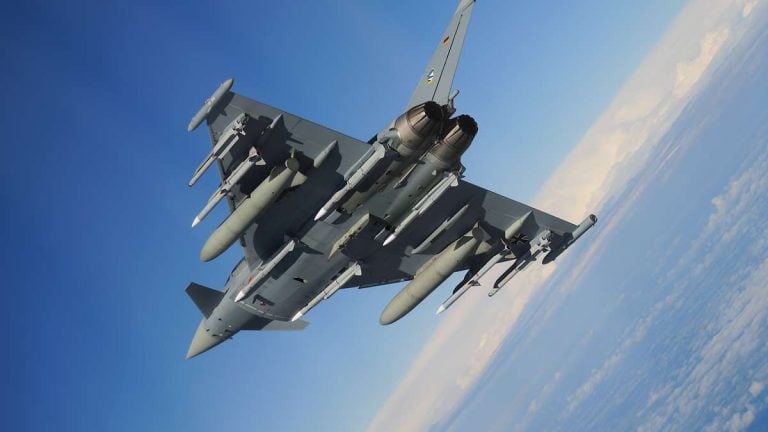This week marked a significant milestone in international military collaboration as China and Egypt commenced the “Eagles of Civilization 2025” joint air force drill at an Egyptian air base. The exercise, which will unfold from mid-April to early May, is designed to implement both theoretical and practical lectures aimed at aligning combat concepts between the two nations.
A Cairo military spokesperson outlined that the drill will encompass joint aerial operations, including the deployment of various aerial vessels, planning exercises, and simulated air combat management operations. The primary goal is to facilitate the exchange of expertise and enhance the skills of the participating forces. Egypt has mobilized a variety of multi-role fighter aircraft for the drill, while China’s involvement includes advanced platforms such as J-10C fighters, KJ-500 airborne early warning and control aircraft, and a Y-20 aerial refueling tanker, as confirmed by published photographic evidence.
The Chinese People’s Liberation Army Air Force (PLAAF) contingent, which began its training on April 19, includes J-10C and J-10S fighters, a KJ-500 AWACS aircraft, a YY-20A tanker, and additional helicopters designed for various operations.
The initiation of these drills signals a deepening of military cooperation and trust between the Chinese and Egyptian armed forces. This collaboration comes at a time when Egypt, traditionally a U.S. ally, has been diversifying its defense partnerships. Relations between Egypt and the United States have been strained due to perceived limitations on American-made defense assets and former President Donald Trump’s threats to withdraw military aid as a means to influence Egypt’s domestic and foreign policy decisions, particularly regarding displaced Palestinians from Gaza.
Analysts suggest that Egypt’s decision to procure the Chinese Chengdu J-10C fighter jet, intended to gradually replace its aging fleet of F-16s, represents a pivotal shift in Middle Eastern geopolitics. Mohammed Soliman, a senior fellow at the Middle East Institute in Washington, emphasized the historical significance of this partnership, particularly its implications for regional stability and power dynamics.
Furthermore, David Des Roches, an associate professor at the Near East South Asia Center for Security Studies, remarked that Egypt’s strategic maneuvers are aimed at demonstrating to Washington that it has alternative options. This serves to strengthen Egypt’s position in negotiations and signal potential shifts in loyalty.
China has been actively responding to a growing number of traditional U.S. allies in the Middle East and North Africa seeking to diversify their defense partnerships. Many countries in this region are increasingly viewing Beijing as a viable alternative, appreciating that it does not come with a “baggage of colonial history” or a tendency toward military intervention. This perception allows China to expand both its geopolitical influence and its market for Chinese-made defense assets.
According to the UK-based think tank RUSI, the trends in the region are indicative of a broader shift where countries like the United Arab Emirates have sought to procure the Chengdu Wing Loong unmanned aerial vehicle after facing setbacks in U.S. drone sales. Reports also suggest that the UAE may be considering the acquisition of the J-20 stealth fighter amid U.S. reluctance to sell F-35s, further exemplifying the evolving defense landscape in the Middle East.















